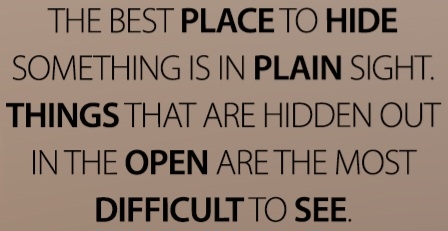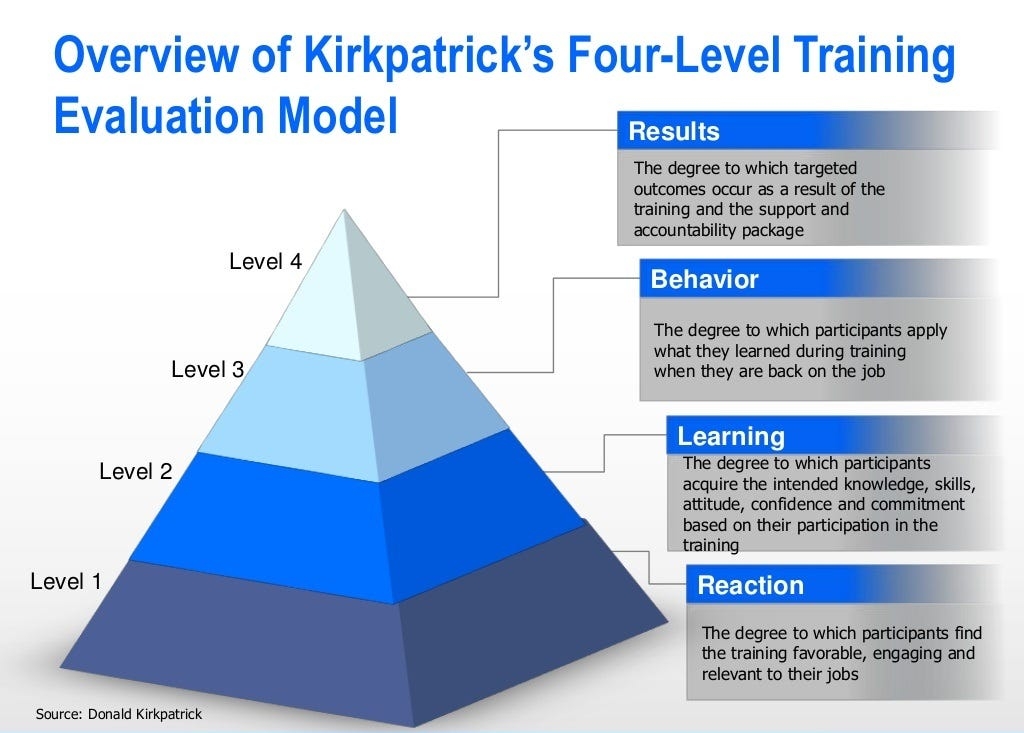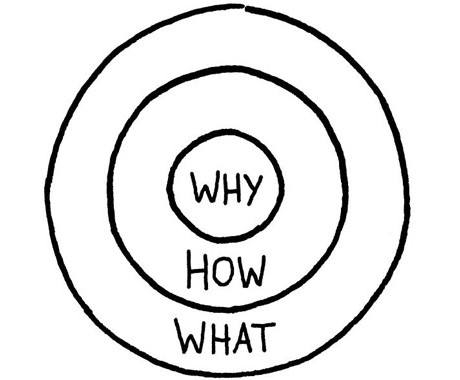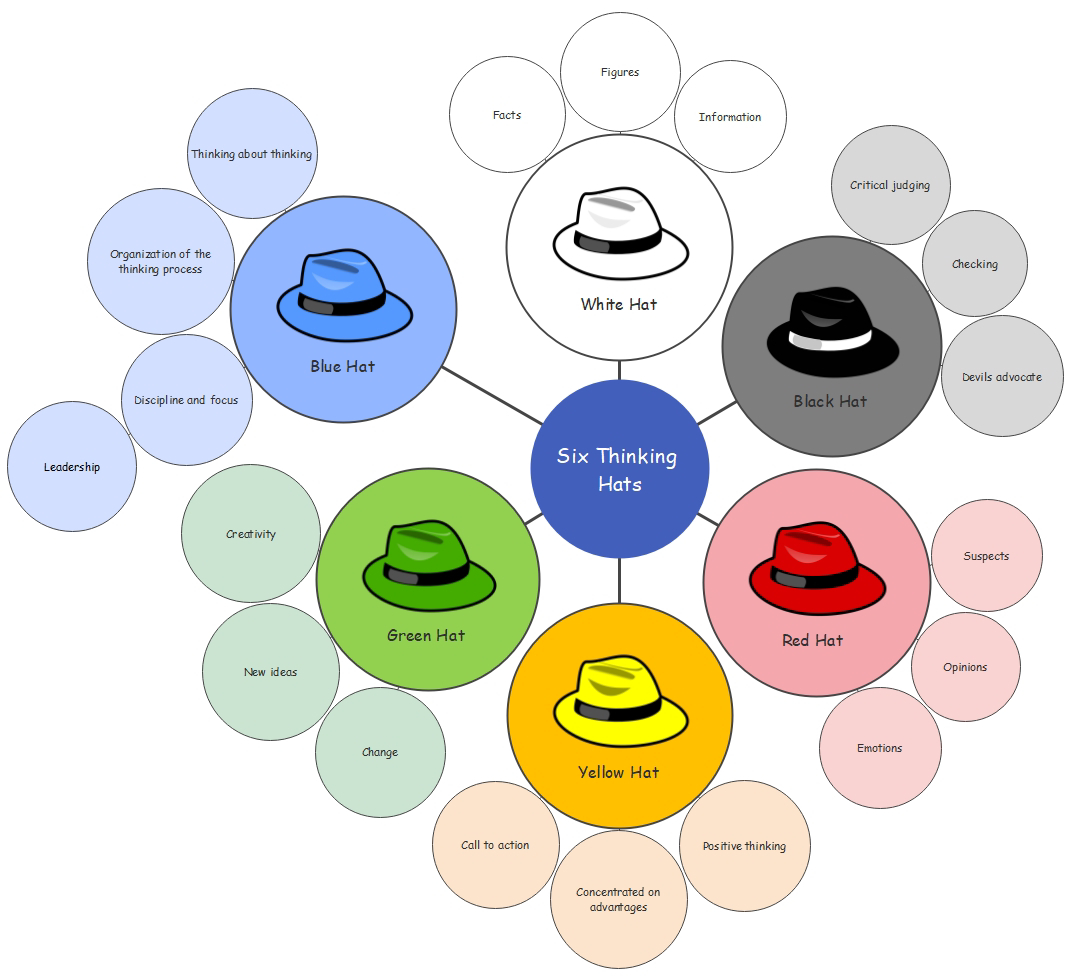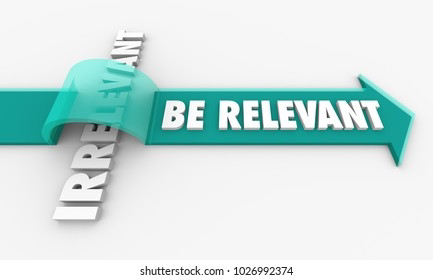Blowing out someone else's candle does not make your own shine brighter. It is a metaphorical way of saying that diminishing or undermining someone else's success or happiness will not enhance your own. In reality, success and happiness are not finite resources; they can be achieved by multiple individuals simultaneously. Instead of focusing on bringing others down, it's more productive and fulfilling to support and encourage others in their endeavors while working on improving yourself. By fostering a positive and supportive environment, everyone can shine together and achieve their goals.
Wednesday, 31 May 2023
Tuesday, 30 May 2023
[30052023] السفر ميزان السفر
[30052023] HIDE IN PLAIN SIGHT
Monday, 29 May 2023
[29052023] Whose opinion matters!
It's important not to become a prisoner of other people's opinions. Each person has their own unique perspective and values, and it's natural for opinions to differ. It's crucial to maintain your individuality and make decisions based on your own thoughts, values, and judgments.
Friday, 26 May 2023
[26052023] A comfort zone is a beautiful place, but nothing ever grows there!
The terms "comfort zone," "fear zone," "learning zone," and "growth zone" are often used to describe different stages or areas of personal development and growth. Here's a breakdown of what each zone represents:
1. Comfort Zone: The comfort zone refers to a state or situation where a person feels familiar, secure, and at ease. It's a place where one experiences minimal anxiety or stress because they are operating within their established routines, habits, and knowledge. While the comfort zone provides a sense of stability, it can also limit personal growth and prevent individuals from venturing into new experiences or taking risks.
2. Fear Zone: The fear zone, also known as the "panic zone" or "danger zone," is the stage where individuals face challenges or situations that trigger fear, anxiety, or discomfort. It involves stepping outside of one's comfort zone and confronting the unknown or uncertain. While this zone can be intimidating, it is also where significant personal growth can occur. Overcoming fears and challenges in the fear zone can lead to increased confidence and resilience.
3. Learning Zone: The learning zone is the stage where individuals actively seek out new experiences, knowledge, and skills. It involves stepping out of the comfort zone and embracing the opportunity to learn and grow. In this zone, individuals may take on new projects, acquire new skills, or engage in activities that challenge their existing abilities. The learning zone is characterized by a willingness to explore, make mistakes, and acquire knowledge through hands-on experiences.
4. Growth Zone: The growth zone is an extension of the learning zone, representing a stage where individuals apply what they have learned and experienced to achieve personal growth and development. It involves utilizing newfound skills and knowledge to tackle more significant challenges and pursue higher levels of achievement. The growth zone is marked by continuous improvement, setting and achieving goals, and expanding one's capabilities.
It's important to note that personal growth is not a linear process, and individuals may move between these zones depending on the circumstances and their willingness to embrace challenges and pursue growth opportunities. Stepping outside of the comfort zone and into the learning and growth zones can be uncomfortable, but it often leads to valuable personal development and the discovery of new strengths and abilities.
The quote "A comfort zone is a beautiful place, but nothing ever grows there" encapsulates the idea that personal growth and development typically occur outside of one's comfort zone. While the comfort zone offers a sense of security and familiarity, it also tends to keep individuals in a stagnant state, where they may be unwilling or hesitant to take risks, try new things, or face challenges.
Growth and learning often come from pushing the boundaries of what is familiar and comfortable. Stepping outside of the comfort zone requires individuals to confront their fears, embrace uncertainty, and be open to new experiences. By doing so, they expose themselves to opportunities for personal development, skill acquisition, and self-discovery.
It is important to note that the comfort zone can vary from person to person. What one individual finds comfortable, another might perceive as a challenge. The key is recognizing when you are in a state of complacency and being willing to stretch yourself beyond your current limits. This is where growth occurs, as individuals explore new possibilities, learn from their experiences, and acquire the skills and knowledge necessary to achieve their goals.
By embracing the learning zone and the growth zone, individuals can overcome limitations, broaden their horizons, and unlock their full potential. It is in these zones that personal development flourishes, leading to increased confidence, resilience, and fulfillment in life.
[26052023] لا يذوقها إلا من ذاقها
Sunday, 21 May 2023
[21052023] Let the evidence speaks for itself (Res ipsa loquitur)
[21052023] البقاء لله
Wednesday, 17 May 2023
[17052023] Clown in Circus?
[17052023] NO
Tuesday, 16 May 2023
[16052023] Pseudo-participation (illusion of free will)
It involves creating the illusion of choice or participation while ultimately expecting individuals to follow predetermined orders or decisions.
The concept of pseudo-participation in leadership has been discussed by several theorists, but one notable figure is Kurt Lewin. Lewin, a renowned social psychologist, introduced the concept of "autocratic," "democratic," and "laissez-faire" leadership styles in the 1930s. While democratic leadership emphasizes participation and involvement of group members in decision-making, Lewin acknowledged the existence of situations where leaders may create a façade of participation while still exerting significant control over the outcome.
In these situations, leaders may appear to seek input and involve others in the decision-making process but ultimately manipulate the situation to ensure compliance with their own predetermined objectives. The illusion of choice gives the impression that individuals have a say in the decision, fostering a sense of ownership or buy-in, even though the outcome was predetermined.
It's worth noting that pseudo-participation can have negative consequences, such as eroding trust and reducing employee morale. Genuine participative leadership involves empowering individuals and genuinely valuing their input, while pseudo-participation can undermine these aspects, leading to disengagement and frustration among team members.
Leadership styles and theories continue to evolve, and different scholars may use variations in terminology or emphasize different aspects of pseudo-participation. However, the underlying idea remains consistent: the illusion of choice is used as a tool to create the perception of participation while maintaining control over decision-making.
Monday, 15 May 2023
[15052023] Give Me Loyalty!
[15052023] Kalau tak malu, buatlah apa yang kamu suka! (Hadis)
هذا حديث مروي عن أبي مسعود الأنصاري، رضي الله عنه، قال فيه أن النبي محمد، صلى الله عليه وسلم، قال: "إن مما أدرك الناس من كلام النبوة الأولى: إذا لم تستح فاصنع ما شئت." هذا الحديث مسجل في صحيح البخاري.
Narrated by Abu Mas'ud Al-Ansari, may Allah be pleased with him, he said that the Messenger of Allah, peace be upon him, said: "Indeed, among the sayings that people obtained from the early Prophethood is: 'If you have no shame, then do whatever you want.'" This hadith is recorded in Sahih al-Bukhari.
This hadith is understood to encourage self-control and refrain from engaging in sinful and shameful actions. It emphasizes the importance of modesty and shyness as noble traits. It suggests that a person who lacks a sense of shame might transgress boundaries and engage in whatever they desire without restraint or consideration.
However, it is important to consider the comprehensive context of Islam and other teachings of the Prophet, which encourage virtuous ethics and righteousness. Islam emphasizes justice, mercy, and humility. It urges adherence to the laws of Allah, avoidance of sins and vices, and the cultivation of moral values.
In general, it is essential for us to understand hadiths and the Prophet's statements in their comprehensive context and in light of other Islamic teachings. We should strive to act upon the principles of Islam and uphold noble moral values in all aspects of our lives.
Sunday, 14 May 2023
[14052023] هنيئًا لمَن لا يُظلِم أحدًا ولا يَغْتَاب أحدًا ولا يُجرِح أحدًا ولا يَرَى نفسَهُ فوقَ أحدٍ.
[14052023] DOA, USAHA, IKHTIAR, TAWAKKAL!
Saturday, 13 May 2023
[13052023] Small, Average & Great Minds!
[13052023] Ravenous (Gelojoh/Gopoh/Lahap)
Friday, 12 May 2023
[12052023] Kirkpartick's Training Evaluation Model!
[12052023] TELL > SELL > CONSULT > JOIN
[12052023] Mistakes Happen!
Monday, 8 May 2023
[08052023] Larangan Mengadu Domba (bring into conflict)
Sunday, 7 May 2023
[07052023] Transformation! Please join us, or be a spectator!
[07052023] Start with 'Why'
[07052023] De Bono's Random Word Technique
[07052023] De Bono's Provocation Technique
[07052023] De Bono's CoRT
[07052023] De Bono's Six Hats
Friday, 5 May 2023
[05052023] Be yourself!
[05052023] وَلَا تَسْتَوِي الْحَسَنَةُ وَلَا السَّيِّئَةُ ادْفَعْ بِالَّتِي هِيَ أَحْسَنُ فَإِذَا الَّذِي بَيْنَكَ وَبَيْنَهُ عَدَاوَةٌ كَأَنَّهُ وَلِيٌّ حَمِيمٌ
Thursday, 4 May 2023
[04052023] Procrastination is the thief of time
Wednesday, 3 May 2023
[03052023] The Fear of Irrelevance and the Importance of Adaptation and Innovation
Monday, 1 May 2023
[01052023] The Culture of Reading: Addressing the Consequences of Illiteracy and a Refusal to Read
The Culture of Reading: Addressing the Consequences of Illiteracy and a Refusal to Read
A culture of reading is a society that values and promotes the habit of reading, including reading for pleasure, knowledge, and critical thinking. However, illiteracy and a refusal to read can prevent the development of a culture of reading and have serious consequences for individuals and society.
Illiteracy, or the inability to read, can prevent individuals from accessing important information, opportunities for education, and meaningful employment. Without basic literacy skills, individuals may struggle to function in daily life, leading to social isolation, poverty, and limited opportunities for personal growth. The consequences of a lack of engagement with literature can be seen in examples of societies that have collapsed or been left behind. For instance, in some ancient civilizations like the Mayan civilization, the absence of a system of writing has made it difficult for scholars to fully understand and appreciate their contributions to human civilization.
Furthermore, a refusal to read, despite the ability to do so, can have negative consequences on individuals and society. It can limit critical thinking skills, result in a lack of empathy and understanding of others, and create a susceptibility to misinformation and propaganda. When individuals refuse to read or engage with literature, they miss out on opportunities for personal growth and acquiring new knowledge. In turn, this can lead to a lack of innovation, creativity, and progress.
Addressing illiteracy and a refusal to read is crucial in promoting a culture of reading. Education programs and initiatives can help to provide access to literacy resources and promote a love of reading. Encouraging individuals to engage with literature, regardless of format, can lead to improved cognitive function, enhanced language skills, and social and civic engagement. It can also help to foster creativity and innovation, reduce social inequality, and promote the understanding of diverse perspectives.
In conclusion, a culture of reading is essential for the intellectual, social, and economic well-being of individuals and societies. Addressing the consequences of illiteracy and a refusal to read is necessary to promote a love of reading, critical thinking, and knowledge acquisition. Without a culture of reading, societies may struggle to compete in a globalized and knowledge-based economy, and individuals may miss out on opportunities for education and personal growth. Let us all strive to promote a culture of reading and continue to engage with literature to foster personal and societal growth.
[01052023] To lead!
[05062025] The Dark Heart of Professionalism: When Words and Actions Collide
The Dark Heart of Professionalism: When Words and Actions Collide In every workplace or organization, you’ll eventually come across someo...
-
What is "Mengadu Domba"? In Malay, "mengadu domba" literally translates to "complaining like a goat. " Howe...
-
Praise be to Allah For all the blessings For all the barakah For all the bounties For my beloved family For my friends and companions For al...
-
Once upon a time, in a faraway land, there lived a king whose castle was modest but whose subjects were safe, prosperous, and content. Howev...


